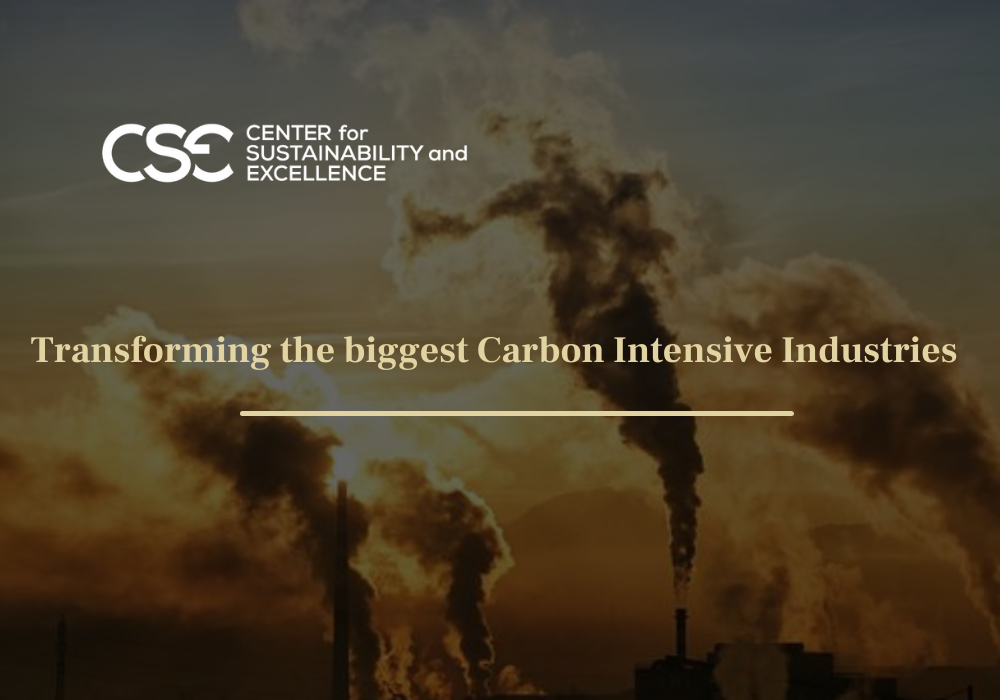As high level political actors are getting prepared for the United Nations Climate Change Conference (COP26) in November, industries are intensifying their efforts to combat climate risks. This year, the combination of green budgets and carbon pricing by governments has driven the world’s biggest carbon emitters to invest in new business models for a lower carbon world.
A highlight of this year is Biden’s administration’s proposal for a $2.3 trillion infrastructure plan, which includes funding for projects like electric vehicle charging stations and the expansion of transmission lines for wind and solar electricity. Moreover, Canada is legislating a steady increase in the carbon tax by $10 per tonne each year until it reaches $50 per tonne in 2022. After the carbon price reaches these levels, there will be another rise by $15 per year until it maxes out at $170 per tonne of carbon pollution in 2030.
Electric utilities, technology companies, oil & gas companies and real estate are some of the world’s biggest carbon emitters. The biggest challenges of each sector follow above.
Electric utilities
It is estimated that over $50 trillion investment will be needed globally over the next three decades to make the transition in the power sector. However, transitioning from coal to renewables is not easy. The utility should determine how much the cost could be and who could help with this transition.
Technology companies
Tech companies need huge amounts of energy, which is why they are looking for the development of clean energy generation in order to become major buyers of clean power. This trend has led to the rise of green data centers, which run on carbon-free electricity coming from hydro, wind and solar power. Two of the leading companies in the sector, Microsoft and Google, have pledged 100% renewable energy supply for their data centers by 2025 and 2030 respectively.
Oil & gas companies
According to the IEA, 15% of global energy related GHG emissions comes from the process of extracting oil and gas from the ground and transporting it to consumers. The sector needs immediate decarbonization of the fossil fuel energy production and transportation, repositioning themselves as carbon-free power generation producers. Policies like carbon taxes are accelerating that process.
Real estate
Energy reduction is essential for buildings to go greener, especially since 18% of the sector’s emissions comes from them. Right now, district energy systems are attracting a lot of interest since they provide a climate resilient way of heating and cooling buildings. Cities like Toronto, Chicago and Houston have already taken advantage of them, as they can achieve up to 50% reduction in primary energy consumption for heating and cooling.
Is your sector ready to transform for a zero-carbon future?
CSE successfully holds the international Certified Sustainability (ESG) Practitioner Program for business executives, presenting all the new trends and challenges. Register now to learn the case-study based methodology and earn a unique recognition in the Sustainability and ESG field.
The upcoming digital trainings include Canada, Oct. 21-22 & 25; USA, Nov. 4-5 & 8 and Europe, Dec. 9-10 & 13.
Reach us at [email protected] for exclusive group discounts!







